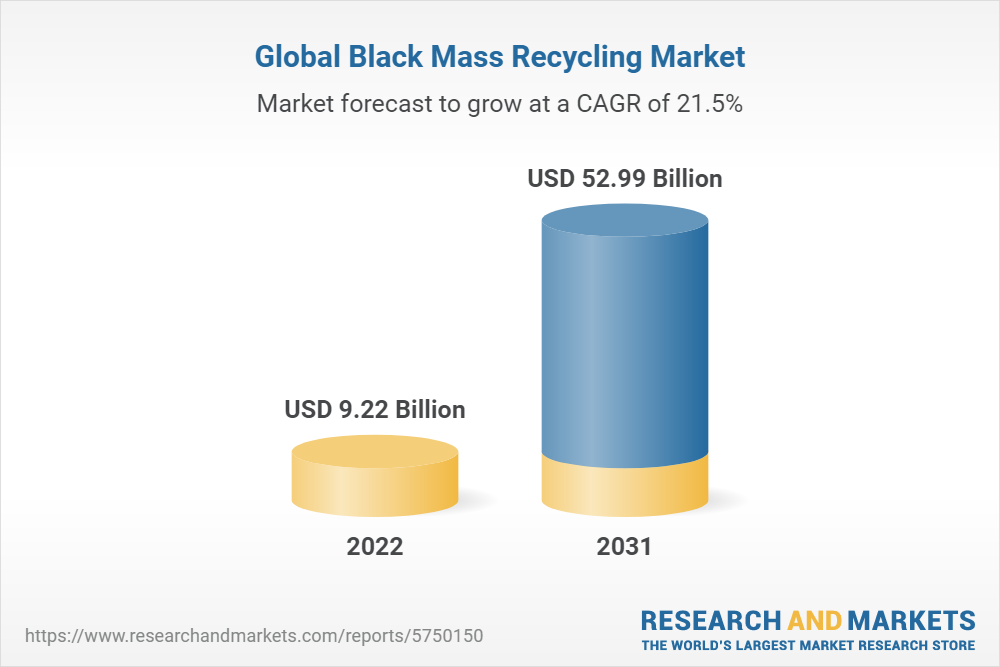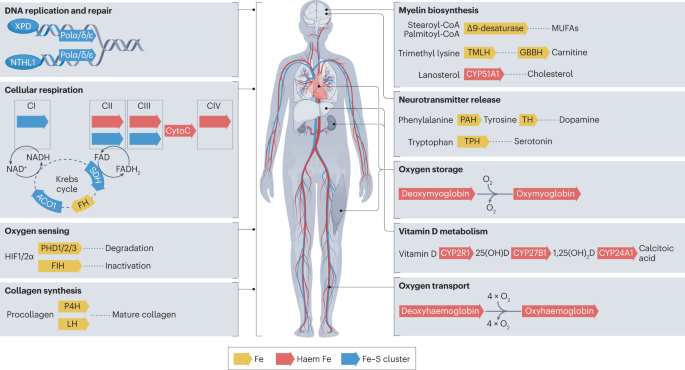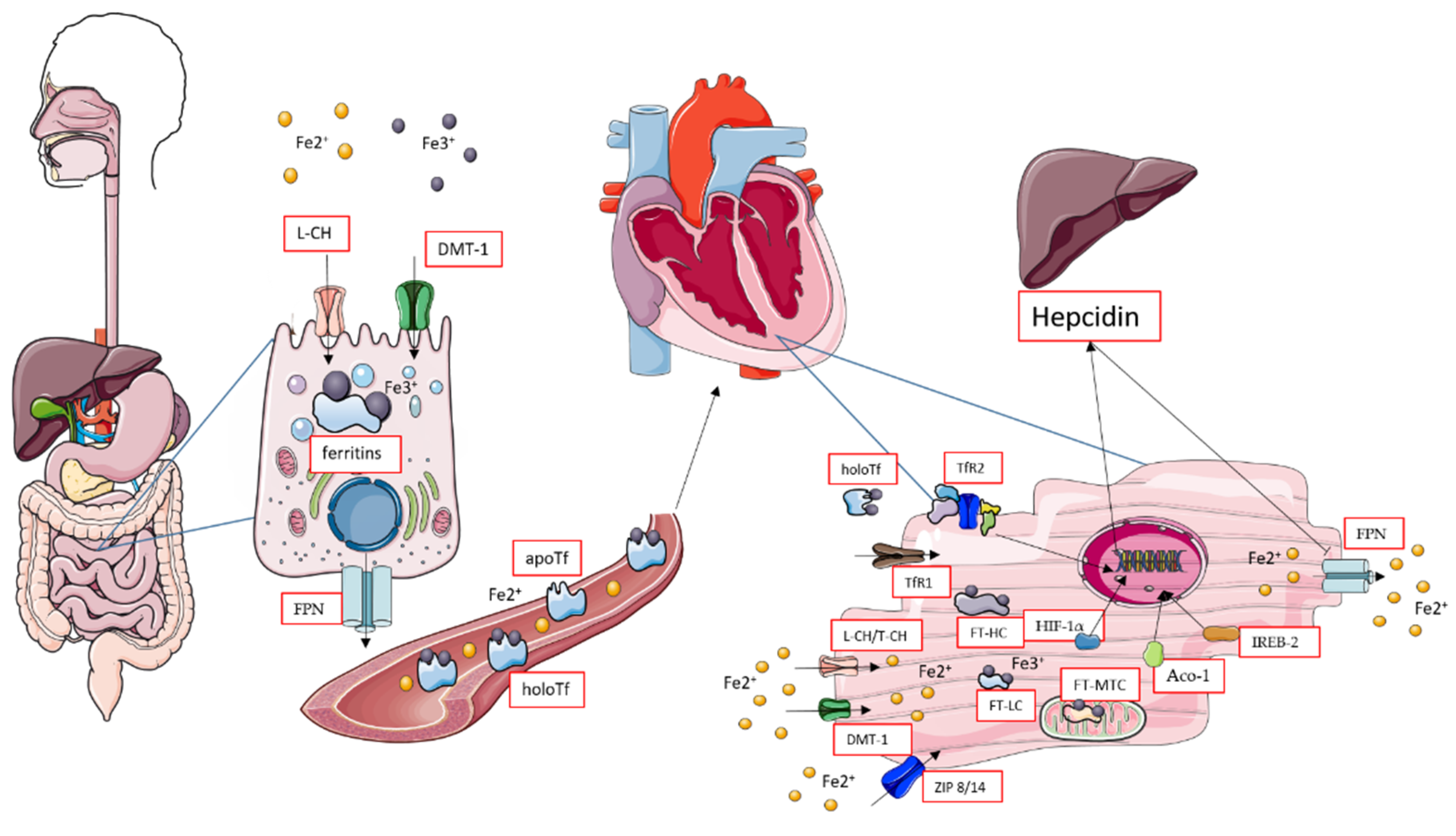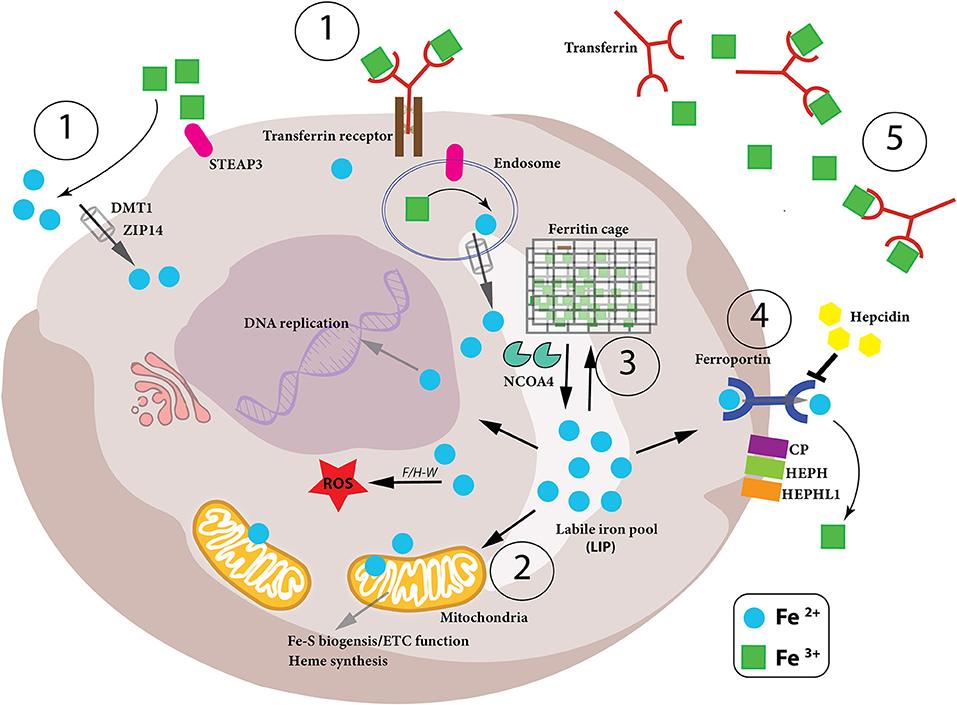
Iron recycling ensures the turnover of the body iron pool
4.6 (116) In stock

4.6 (116) In stock
Download scientific diagram | Iron recycling ensures the turnover of the body iron pool. Approximately 90% of iron needs for erythropoiesis are met by internal iron recycling from aged red blood cells. This task is accomplished by macrophages, predominantly Kupffer cells (KCs) in the liver and red pulp macrophages (RPMs) in the spleen. When erythrocytes age (in approximately 120 days in humans), their elasticity is reduced, which mediates their trapping in iron-recycling organs and further engulfment by KCs and RPMs. from publication: The Multiple Facets of Iron Recycling | The production of around 2.5 million red blood cells (RBCs) per second in erythropoiesis is one of the most intense activities in the body. It continuously consumes large amounts of iron, approximately 80% of which is recycled from aged erythrocytes. Therefore, similar to the | Iron Homeostasis, Hepcidin and Iron | ResearchGate, the professional network for scientists.

Black Mass Recycling Market - A Global and Regional Analysis: Focus on Application, Battery Source, Technology, Recovered Metal, and Region - Analysis and Forecast, 2022-2031

The effect of iron therapy on oxidative stress and intestinal microbiota in inflammatory bowel diseases: A review on the conundrum - ScienceDirect

Iron deficiency and supplementation in heart failure
Gastrointestinal iron excretion and reversal of iron excess in a mouse model of inherited iron excess

Systems of iron transport in L. monocytogenes a Transport of

Life, Free Full-Text

Role of Transferrin in Iron Metabolism

Genes, Free Full-Text

Iron recycling and distribution in the body. Body iron is primarily

Frontiers The Role of Iron Regulation in Immunometabolism and Immune-Related Disease